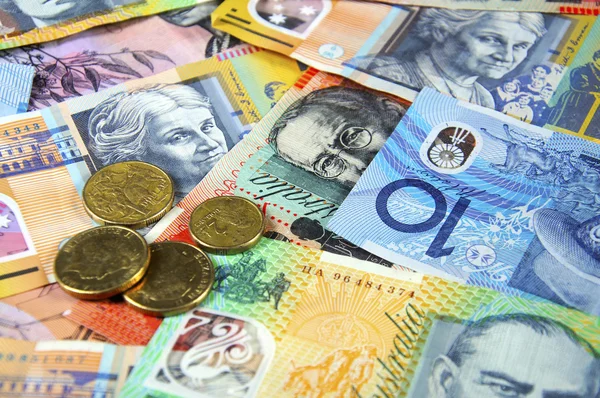Australian dollar has reached four-month highs, while the US dollar has lost momentum following the Fed’s decision.
The Australian Dollar (AUD) extends its gains for the second day in a row on Thursday, posting its best performance in four months following the release of mild employment statistics from Australia. The AUDUSD pair gained momentum, aided by a significant drop in the US Dollar (USD) following the Federal Reserve (Fed) meeting. The Federal Reserve kept interest rates at 5.5%, as expected. Markets now anticipate three rate decreases in 2024. Fed Chair Jerome Powell took a dovish attitude, which contributed to a drop in Treasury bond yields. He did not declare triumph against inflation.
Consumer Expectations in Australia fell to 4.5%, while Employment Change increased significantly to 61.5K.
Consumer inflation expectations in Australia for December fell to 4.5% from 4.9% previously. The seasonally adjusted Employment Change (Nov) increased significantly to 61.5K over the projected 11.0K. However, the unemployment rate increased from 3.7% to 3.9%.
The US Dollar Index (DXY) is under pressure following the announcement of disappointing Producer Price Index (PPI) data for November on Wednesday. According to the US Bureau of Labor Statistics, the PPI (YoY) increased by 0.9% instead of the predicted 1.0%, while the Core PPI increased by 2.0% instead of the expected 2.2%. Market participants will most likely be watching for the publication of On Thursday, the US Retail Sales figures will be released.
Daily Market Movers: The Australian Dollar gains strength following the Fed’s policy announcement.
Roy Morgan-ANZ The Australian Consumer Confidence weekly poll increased to 80.8 from 76.4 the previous week.
Westpac Consumer Confidence increased by 2.7% in December, following a 2.6% fall in November.
The Australian government expects a much stronger budget bottom line this year as revenues exceed projections. Labor Treasurer Jim Chalmers’ mid-year economic and fiscal outlook (MYEFO) forecasts a budget deficit of about AUD 1.1 billion (USD 721.4 million) in the fiscal year ending June 2024, down from the AUD 13.9 billion expected in May.
According to the US Bureau of Labor Statistics, the November Consumer Price Index (CPI) increased by 0.1%.0.1% month over month and 3.1% year over year. Both statistics were in line with market expectations, indicating that inflation was on track.
The US Core CPI, which excludes volatile food and energy costs, increased by 0.3% MoM and 4.0% YoY, as expected.









